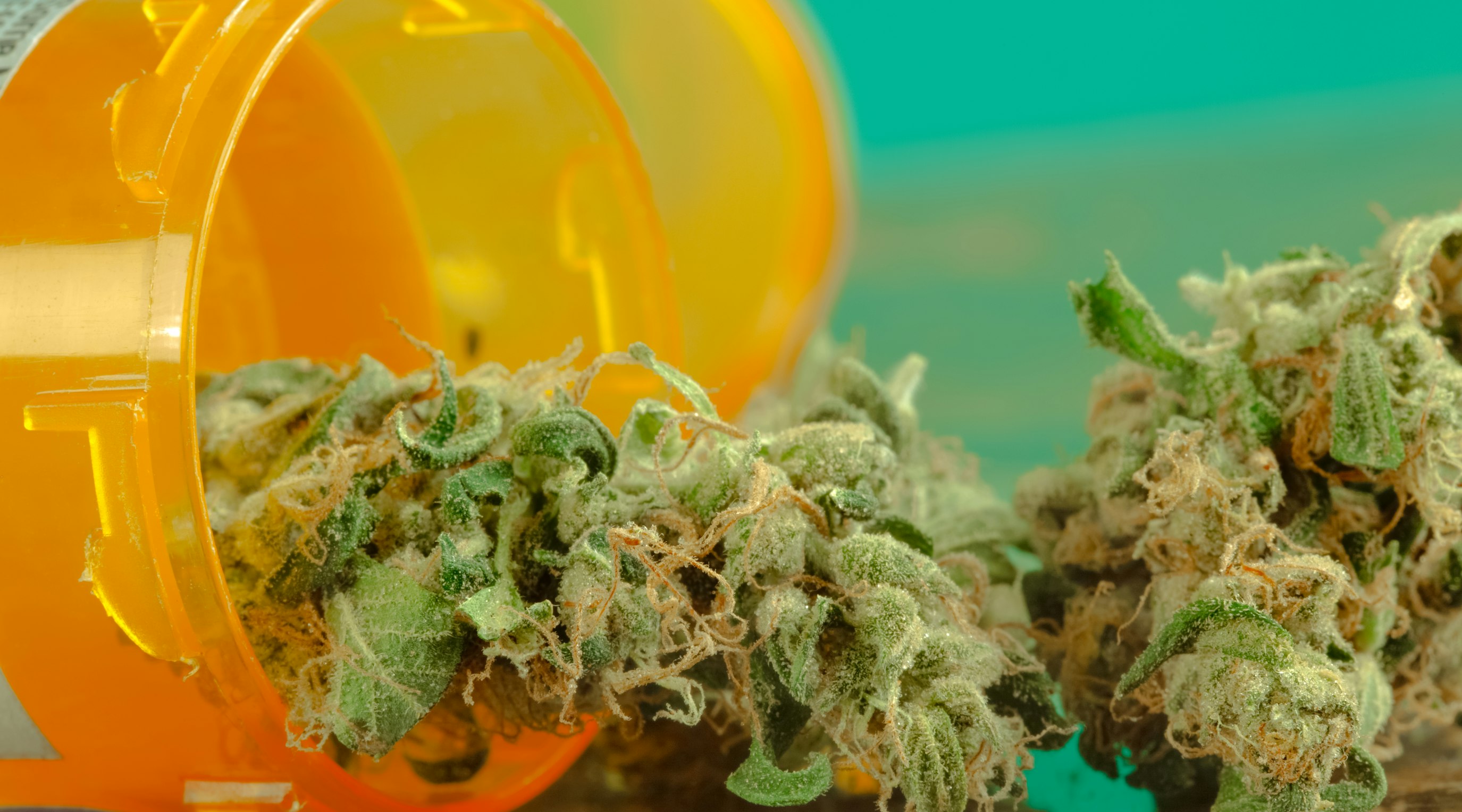Although cannabis plant matter can be used for industrial purposes, like in the creation of paper and ropes, or for agricultural solutions like producing animal feed and potato sacks, in the modern day cannabis is mainly used for either recreational or medicinal purposes.
But, what is cannabis?
Much like its plethora of uses, cannabis also has numerous names due to its international availability. Sometimes referred to as weed, pot, bud, or marijuana, these interchangeable terms are used to describe the entire genus, or collection, of the cannabis plant – which contains three main subspecies: Cannabis Sativa, Cannabis Indica and Cannabis Ruderalis.
In the Western world, Cannabis Sativa is the most common cannabis species available and is a popular choice amongst medical patients. Often preferred by people with ADHD or those who suffer from fatigue, Sativa plants have high cannabinoid contents, with anecdotal evidence showing they produce stimulating and uplifting effects.
Cannabis Indica is the second extremely popular species of cannabis and is sometimes treated as a subspecies of Sativa. Unlike Sativa plants, Indica is anecdotally associated with relaxing or sedative effects when consumed and is typically administered medically to potentially help treat conditions like anxiety and insomnia.
In comparison to its very famous siblings, the third type of cannabis species: Cannabis Ruderalis, gets very little air time. This species of cannabis contains low quantities of THC but does have the ability to autoflower, which makes them a popular choice when it comes to breeding and cultivating hybrids.
Regardless of their origin species, all cannabis plants contain a range of different cannabinoids, or phytocannabinoids, like CBD and THC. When cannabis is taken, its cannabinoids are absorbed into the bloodstream, allowing them to interact with the body's cannabinoid receptors and trigger reactions or responses from the body.
Responsible for both intoxicating and prospective therapeutic effects, increasing numbers of research studies into the effects of cannabinoids are proving the potential efficacy and relative safety of medical cannabis in comparison to existing treatment options, such as opioids.
That is not to say that medical cannabis should be seen as a replacement for conventional treatment options, just that it may offer a range of therapeutic benefits that could help boost current treatment plans.
So, what is medicinal cannabis taken for?
Over the years, progressive scientific discoveries and developments in cannabis cultivation have caused a surge in the creation of new medical cannabis strains and products.
These strains have been carefully designed to interact with specific parts of the body's endocannabinoid system to notify and potentially rectify other systems in the body that may be unbalanced. Examples of this include the possibility of cannabinoids regulating inflammation, appetite, or the level of pain felt by patients.
In the UK, medical cannabis or cannabis-based products for medicinal use (CBPM) must be prescribed by doctors who appear on the General Medical Council’s Specialist Register to aid in the treatment of a number of conditions or symptoms. [5]
Medical cannabis may be administered to treat symptoms that are complex, like chronic pain or spasticity associated with multiple sclerosis, as well as psychiatric conditions such as anxiety.
Neurological conditions such as epilepsy, ADHD, and cluster headaches have shown positive responses to cannabis-based treatments, as have gastrointestinal conditions like Crohn's Disease and Irritable Bowel Syndrome.
Medical cannabis may also be prescribed to assist in palliative care for those with a terminal cancer diagnosis, Parkinson’s Disease, Huntington’s Disease and Alzheimer's disease.
And how does cannabis work?
To understand how cannabis works in the body, it is important to understand the system that facilitates its abilities: the endocannabinoid system.
The endocannabinoid system (ECS) is one of the many intricate systems within our bodies that is constantly working ‘behind the scenes’ to keep us healthy.
With the aim of maintaining homeostasis, the ECS can sense when another system may be out of balance and is responsible for regulating different biological responses in order to correct this.
The body produces its own natural cannabinoids, called endocannabinoids, to activate cannabinoid receptors, which then send signals to induce these responses.
When cannabis is consumed, cannabinoids like THC and CBD ‘mimic’ endocannabinoids and interact with cannabinoid receptors to influence the messages that they would typically send, leading to an alternative or ‘boosted’ biological response.
Because of their existence in the brain, tissue, central nervous system and in the immune system, once cannabinoid receptors have been activated, collectively they have shown that they may have the ability to influence mood, memory, pain sensation, inflammation, and appetite.
There are other chemical compounds found in the cannabis plant like terpenes and flavonoids that have also been shown to have the potential to offer therapeutic or possible medicinal value when consumed by humans.
It is widely accepted that the majority of medical cannabis treatments are most effective when all three of these components are present as they work together to give patients a well-rounded experience called ‘the entourage effect’.
Conclusion
The range of medical cannabis treatments and products available in the UK has increased significantly over recent years as its potential therapeutic benefits have become more widely understood. With an increasing number of research projects being conducted into the effects of cannabinoids, we are learning more every day about how cannabis works and in what way it can be taken to improve symptoms.
Ultimately, as further scientific discoveries and developments are made, medical cannabis is likely to become an increasingly popular treatment option in the UK.
At Releaf, we believe that access to medical cannabis is important. That's why we offer tailored monthly packages based on your cannabis prescription, specialist consultations for medical cannabis, and a unique medical cannabis card for protection.






